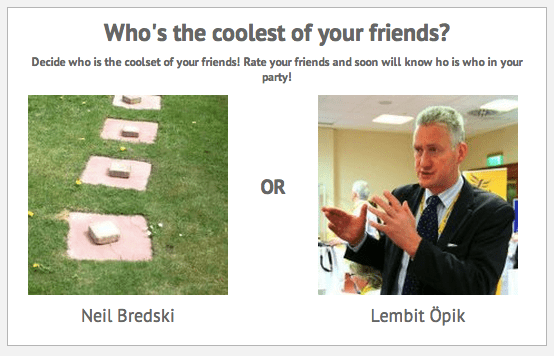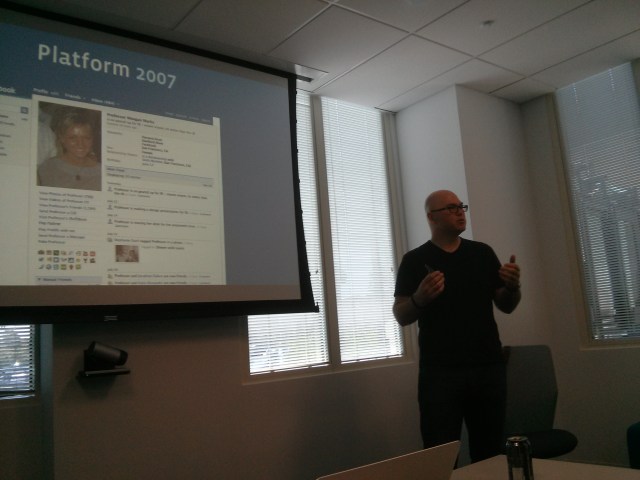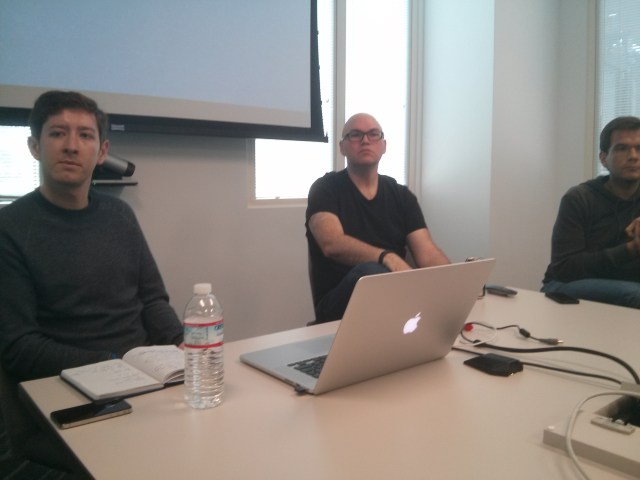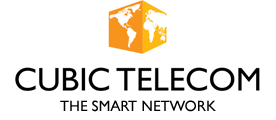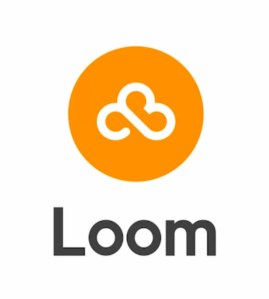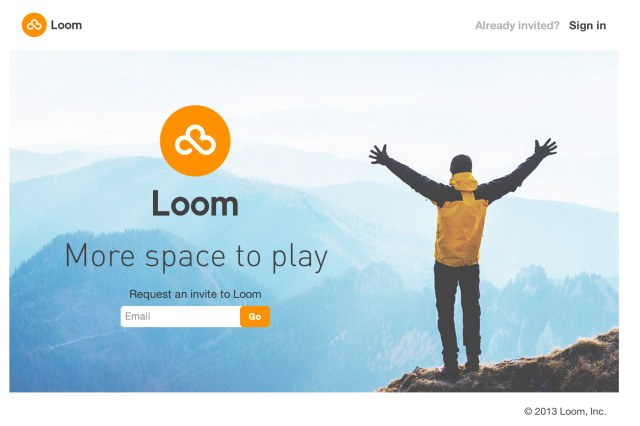Unface.me Is A Gossip Girl-Style Social Service For Anonymously Trolling Your Friends

A Russian startup called Unface.me has created a new social network inspired by the Gossip Girl TV series which lets users create an alter ego to — let’s face it — troll their friends, or even post even worst types of gossip entirely anonymously. The site connects with Facebook and Russian social network VKontakte so it can pull in users’ genuine friend networks, then furnishes them with a series of tools to poke fun, dish salacious gossip or vote on who of their friends is coolest and therefore who is not. Y’know, teen stuff.
Teens powered the rise of social networking giant Facebook. But today’s teens are arguably starting to be less enamoured with the platform their siblings spent all their time on, what with so many other, more flexible ways to ping and poke each other. Facebook’s insistence on real names, and its standard comms toolset of public posts, private messages and IM isn’t helping here. Looked at through the hyper layered and stratified teenage lens, it’s pretty limting. Which is giving startups the opportunity to crowd in.
Zuck and co were also not as quick to respond to the growth in mobile messaging as they should have been. The long and short of it is that today’s teens are spoiled for choice; they don’t need Facebook to stay in touch — they have a whole arsenal of creative digital tools to get around being grounded.
Facebook’s difficulty, of course, is that it can’t keep up with the kids without risking alienating itsmassive user base of oldies. With such a whoppingly huge user base that spans multiple age-groups comes a big responsibility not to put segments of users off. Keeping things fairly simple is the compromise path, but that too risks boring the kids — so they go looking to get their kicks elsewhere, whether it’s Snapchat or Unface.me.
Now it must be said that Unface.me is pretty rough round the edges — and focused pretty squarely on the Russia market for now. It isn’t necessarily anything more than a curiosity. It’s just come out of a closed beta, so its user base is small, with a test group of around 20,000 that it’s now looking to grow — having just opened up to the public. It says it’s also starting to advertise to get the word out. But as an experiment in extending social networking by adding an element of privacy it’s interesting to watch — also bringing to mind secret-sharing app Whisper.
Unface.me’s founders are three computer science graduates from Moscow State University, with respective specialisms in marketing, business development and web development. The startup is currently bootstrapped with funds from founders, friends and family.
“The inital idea came from the Gossip Girl series, but we decided to go further and develop a place where people can share their feelings freely and get honest opinions from their friends, but sharing secrets and gossips can be done too. We strongly believe that anonymity loosens up and helps discovering new facts about friends and yourself,” Unface.me’s Dmitrii Ponomarev tells TechCrunch.
The site has been in development for around a year and a half, with the closed beta kicking off six months ago. The “mission” is to “let every person discuss freely anything or anyone”. And, judging by some of the public posts, there’s certainly plenty of that going on already. Indeed, it’s pushing into some pretty unpleasant territory, which is generally what happens when you mix teens and gossip, regardless of the medium they’re using.
The key twist here is the mixture of unknown and known, says Ponomarev. Since the users are interacting with their real friends, pulled in from third party social networks, not random online strangers. From there they can choose to chat and post anonymously or under a fixed alterego. Or indeed using the real name they use on the linked social network.
“A user can anonymously write a story about his friends on yesterday’s party, share it anonymously via sms and watch the discussion,” explains Ponomarev. “Or he or she can post a photo of his new look and get really honest responses from friends because the are anonymous. Or he can start an anonymous chat with his friends and discuss something that matters with his friends but no one will know each others’ names… We’ve gone much further than just posting anonymous text messages.”
Teens are famously creative in their communications. Even within the Facebook straitjacket they find subtle and not so subtle ways to hack the limits — by ‘being in a relationship’ with all their BFFs, say, or asking each other to like a post for feedback on what they look like and so on. Unface.me looks like it’s picking up on that preference for teens to gamify their communications — and giving them even more layers to interact with each other.
Facebook can still be part of the mix, of course — as one of the foundation networks that Unface.me is using as its jumping off point. However, if more teenage chatter ends up going on anonymously outside Facebook’s walls that’s not an outcome that will end up pouring coin into Zuckerberg’s coffers as it restricts the flow of data. Addressing the innovation challenge posed by upstart startups that are offering cooler, more teen-friendly ways to do stuff is the sort of war that is looking impossible for a single, central dominant service like Facebook to win. When it comes to the social networking/social messaging space, it’s definitely time to get the popcorn in.
